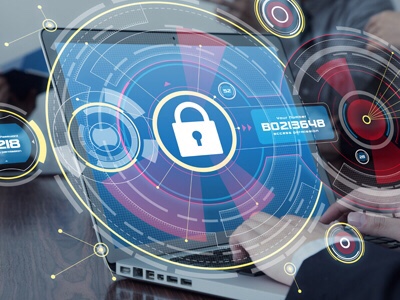Many businesses are conducting an unplanned stress test of their disaster recovery and business continuity plans as the COVID-19 crisis forces non-essential employees to work from home. Remote access and virtual desktop infrastructure are key elements of that strategy, and now they will be pushed to their maximum capability as more employees work from home for longer periods than previously envisioned. Companies need to prepare for this scenario by taking the following steps to upgrade their strategies and their capabilities:
1. Review your existing plan.
Begin by assessing your existing plan to identify the gaps.
For many businesses, the original plan calls for only critical staff to work from home. If that’s the case, now is the time to assess how the plan can be expanded to cover additional staff. This can mean providing employees with laptops to work from home, adding additional virtual desktop infrastructure, and expanding network capacity.
It’s also important to review the problems that were encountered during the last disaster recovery test and make sure they’re corrected so they won’t impact the business when the plan is invoked for now.
Finally, remember that disaster recovery requires employees to be prepared, too. Make sure employees know how they will access systems if they have to work remotely; ensure they have the training and the tools to connect and collaborate successfully.
2. Prepare your IT staff.
The IT staff will be under unusual stress during this period. They will be supporting users who are working with unfamiliar technology and need more help than usual. The systems they support may be overloaded and require more support than usual. They may not be as familiar with the configurations supporting the disaster recovery plan as they are with the usual architecture.
Make sure you know how you can support your technology remotely and train your IT team as needed. Monitoring will be critical during this time.
Be aware that unless your infrastructure is entirely in the cloud, you may still need some on-site presence. Know which employees will be considered essential, how they’ll reach the facility, and how you’ll cover for staff who are unavailable.
3. Focus on security.
An unstaffed data center, plus increased remote access, means security needs to be foremost in your concerns.
Review your cloud configurations, as default settings may not be secure. Also review your identity management solution and access controls. A cloud access security broker (CASB) provides an additional layer of control.
Ensure employees adhere to safe remote computing practices, including requiring use of VPNs when connecting to corporate resources.
Be prepared.
VAST IT Services provides support for the entire range of technologies needed to implement an effective disaster recovery and business continuity solution.
These include:
• backup and recovery tools including Cohesity, Veeam and Veritas
• cloud management and support on Amazon Web Services, Microsoft Azure, and Google Cloud Platform
• security tools including Palo Alto Security Lifecycle Review and Bitglass CASB
• hyperconverged infrastructure to support VDI
Contact VAST IT Services to ensure your business is prepared to handle COVID-19 and related business continuity challenges.



